mykernel2.0基于linux-5.4.34版本,来源https://github.com/mengning/mykernel,在本实验中首先配置并编译了mykernel2.0,其次进程切换作为操作系统内核最核心的功能,在本实验中,实现了基于时间片轮转调度算法的进程切换功能。
1. 配置并编译mykernel 2.0
1.1 安装开发工具
sudo apt install build-essential gcc-multilib
sudo apt install qemu #一种模拟器
sudo apt install libncurses5-dev bison flex libssl-dev libelf-dev
1.2 下载内核源码
sudo apt install axel#一种多线程下载工具 axel -n 20 https://mirrors.edge.kernel.org/pub/linux/kernel/v5.x/linux-5.4.34.tar.xz xz -d linux-5.4.34.tar.xz
tar -xvf linux-5.4.34.tar
cd linux-5.4.34
wget https://raw.github.com/mengning/mykernel/master/mykernel-2.0_for_linux-5.4.34.patch#打补丁
patch -p1 < ../mykernel-2.0_for_linux-5.4.34.patch
1.3 配置内核
make defconfig # 默认的配置基于'x86_64_defconfig' make menuconfig #图形化界面配置
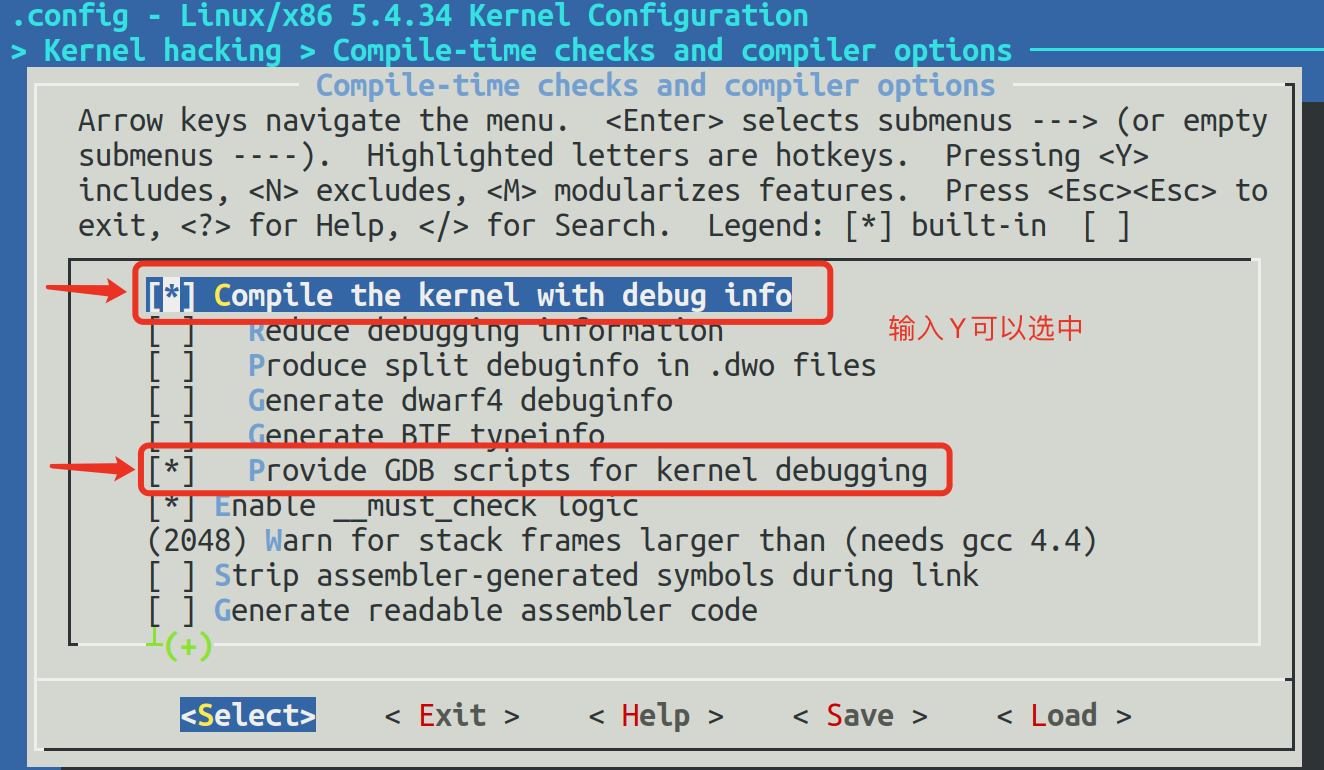 |
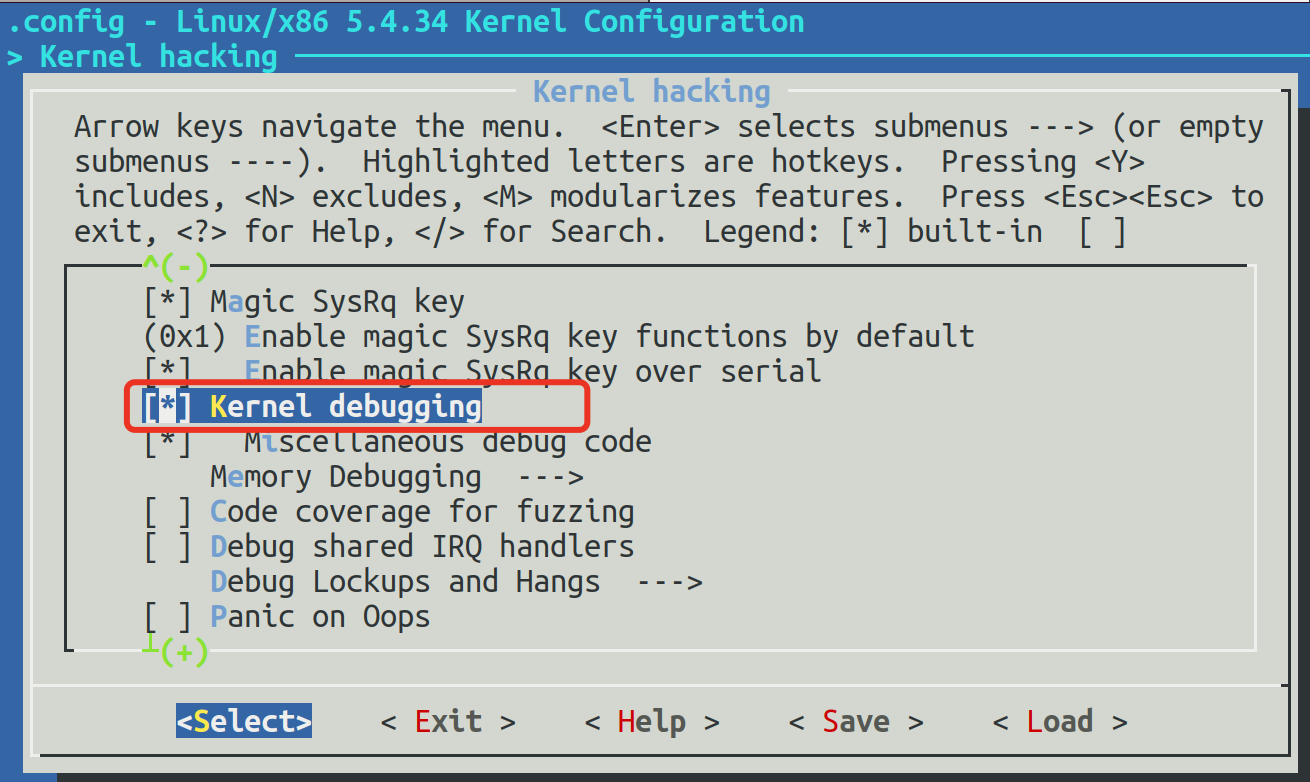 |
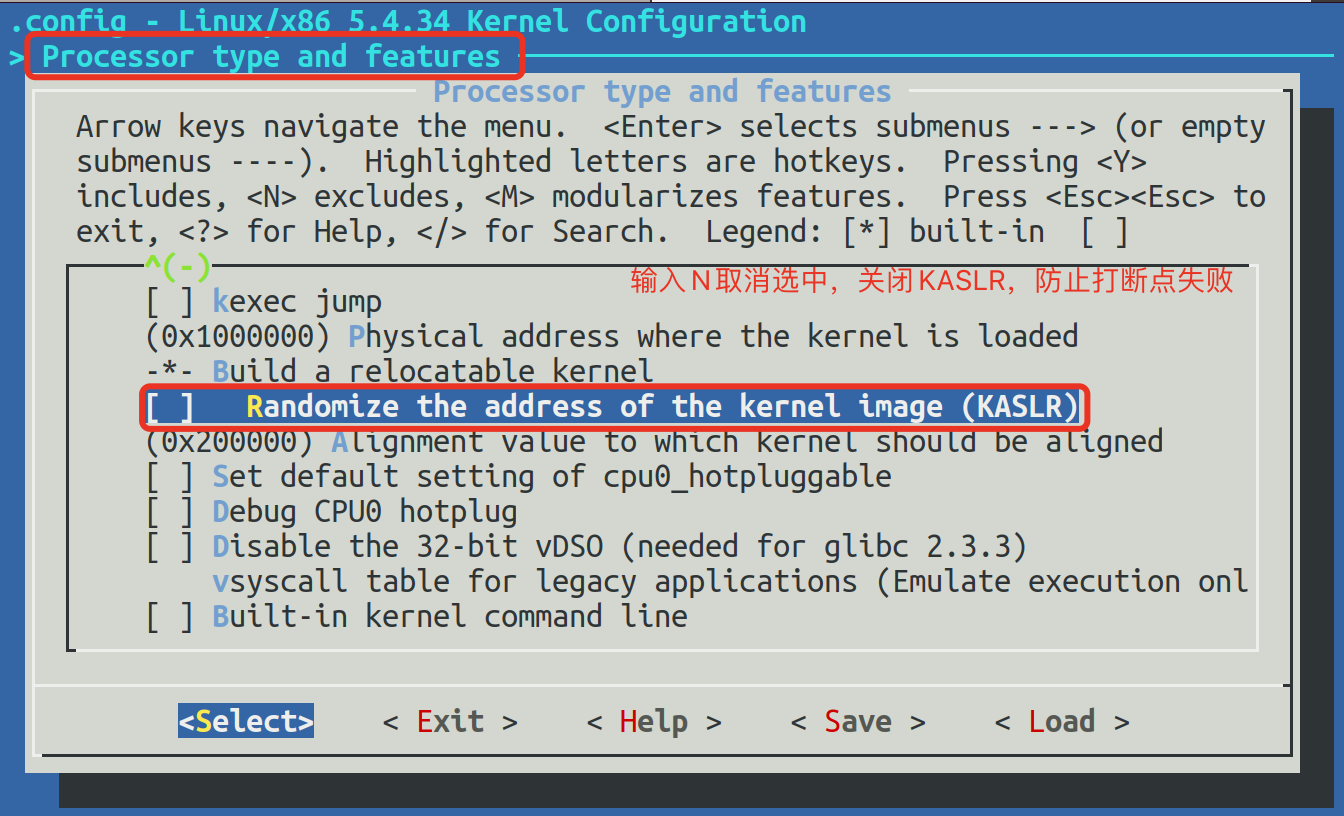 |
1.4 编译和运行内核
make -j$(nproc)
qemu-system-x86_64 -kernel arch/x86/boot/bzImage
在打补丁的时候,在mykernel目录下,创建了mymain.c和myinterrupt.c文件,所以在虚拟机上运行时会出现如下界面,说明mykernel配置完成并正常运行。
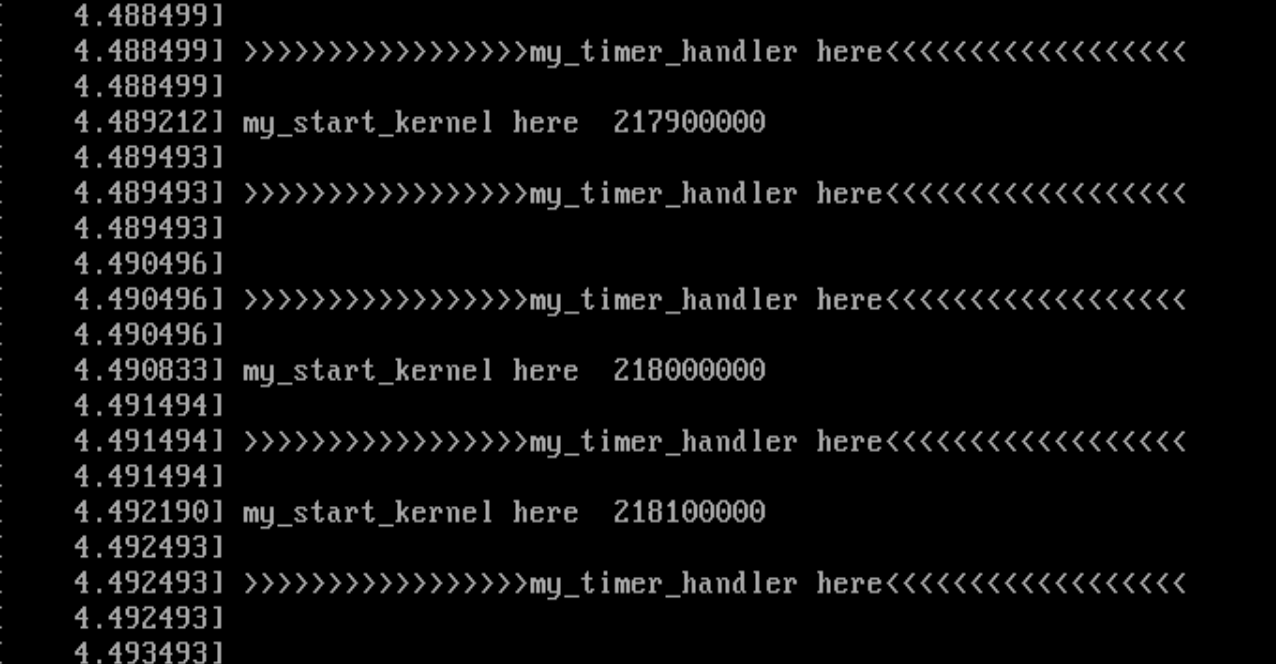
1.5制作内存跟文件系统
mkdir rootfs cd rootfs cp ../busybox-1.31.1/_install/* ./ -rf mkdir dev proc sys home sudo cp -a /dev/{null,console,tty,tty1,tty2,tty3,tty4} dev/
准备init文件:
#!/bin/sh mount -t proc none /proc mount -t sysfs none /sys echo "Wellcome MengningOS!" echo "--------------------" cd home /bin/sh
chmod +x init #添加权限
find . -print0 | cpio --null -ov --format=newc | gzip -9 > ../rootfs.cpio.gz#打包成内存根文件系统镜像
2. 编写基于时间片轮转算法的进程切换程序
2.1 编写mypcb.h文件如下:
#define MAX_TASK_NUM 4 #define KERNEL_STACK_SIZE 1024*2 /* CPU-specific state of this task */ struct Thread { unsigned long ip; unsigned long sp; }; typedef struct PCB{ int pid; volatile long state; /* -1 unrunnable, 0 runnable, >0 stopped */ unsigned long stack[KERNEL_STACK_SIZE]; /* CPU-specific state of this task */ struct Thread thread; unsigned long task_entry; struct PCB *next; }tPCB; void my_schedule(void);
2.2 编写mymain.c文件如下:
#include <linux/types.h> #include <linux/string.h> #include <linux/ctype.h> #include <linux/tty.h> #include <linux/vmalloc.h> #include "mypcb.h" tPCB task[MAX_TASK_NUM]; tPCB * my_current_task = NULL; volatile int my_need_sched = 0; void my_process(void); void __init my_start_kernel(void) { int pid = 0; int i; /* Initialize process 0*/ task[pid].pid = pid; task[pid].state = 0;/* -1 unrunnable, 0 runnable, >0 stopped */ task[pid].task_entry = task[pid].thread.ip = (unsigned long)my_process; task[pid].thread.sp = (unsigned long)&task[pid].stack[KERNEL_STACK_SIZE-1]; task[pid].next = &task[pid]; /*fork more process */ for(i=1;i<MAX_TASK_NUM;i++) { memcpy(&task[i],&task[0],sizeof(tPCB)); task[i].pid = i; task[i].thread.sp = (unsigned long)(&task[i].stack[KERNEL_STACK_SIZE-1]); task[i].next = task[i-1].next; task[i-1].next = &task[i]; } /* start process 0 by task[0] */ pid = 0; my_current_task = &task[pid]; asm volatile( "movq %1,%%rsp " /* set task[pid].thread.sp to rsp */ "pushq %1 " /* push rbp */ "pushq %0 " /* push task[pid].thread.ip */ "ret " /* pop task[pid].thread.ip to rip */ : : "c" (task[pid].thread.ip),"d" (task[pid].thread.sp) /* input c or d mean %ecx/%edx*/ ); } int i = 0; void my_process(void) { while(1) { i++; if(i%10000000 == 0) { printk(KERN_NOTICE "this is process %d - ",my_current_task->pid); if(my_need_sched == 1) { my_need_sched = 0; my_schedule(); } printk(KERN_NOTICE "this is process %d + ",my_current_task->pid); } } }
2.3 编写myinterrupt.c文件如下:
#include <linux/types.h> #include <linux/string.h> #include <linux/ctype.h> #include <linux/tty.h> #include <linux/vmalloc.h> #include "mypcb.h" extern tPCB task[MAX_TASK_NUM]; extern tPCB * my_current_task; extern volatile int my_need_sched; volatile int time_count = 0; /* * Called by timer interrupt. * it runs in the name of current running process, * so it use kernel stack of current running process */ void my_timer_handler(void) { if(time_count%1000 == 0 && my_need_sched != 1) { printk(KERN_NOTICE ">>>my_timer_handler here<<< "); my_need_sched = 1; } time_count ++ ; return; } void my_schedule(void) { tPCB * next; tPCB * prev; if(my_current_task == NULL || my_current_task->next == NULL) { return; } printk(KERN_NOTICE ">>>my_schedule<<< "); /* schedule */ next = my_current_task->next; prev = my_current_task; if(next->state == 0)/* -1 unrunnable, 0 runnable, >0 stopped */ { my_current_task = next; printk(KERN_NOTICE ">>>switch %d to %d<<< ",prev->pid,next->pid); /* switch to next process */ asm volatile( "pushq %%rbp " /* save rbp of prev */ "movq %%rsp,%0 " /* save rsp of prev */ "movq %2,%%rsp " /* restore rsp of next */ "movq $1f,%1 " /* save rip of prev */ "pushq %3 " "ret " /* restore rip of next */ "1: " /* next process start here */ "popq %%rbp " : "=m" (prev->thread.sp),"=m" (prev->thread.ip) : "m" (next->thread.sp),"m" (next->thread.ip) ); } return; }
使用make命令重新编译内核后,运行qemu
qemu-system-x86_64 -kernel arch/x86/boot/bzImage -initrd rootfs.cpio.gz
出现如下界面,说明内核正常运行,并且实现了基于时间片轮转法的进程切换功能。
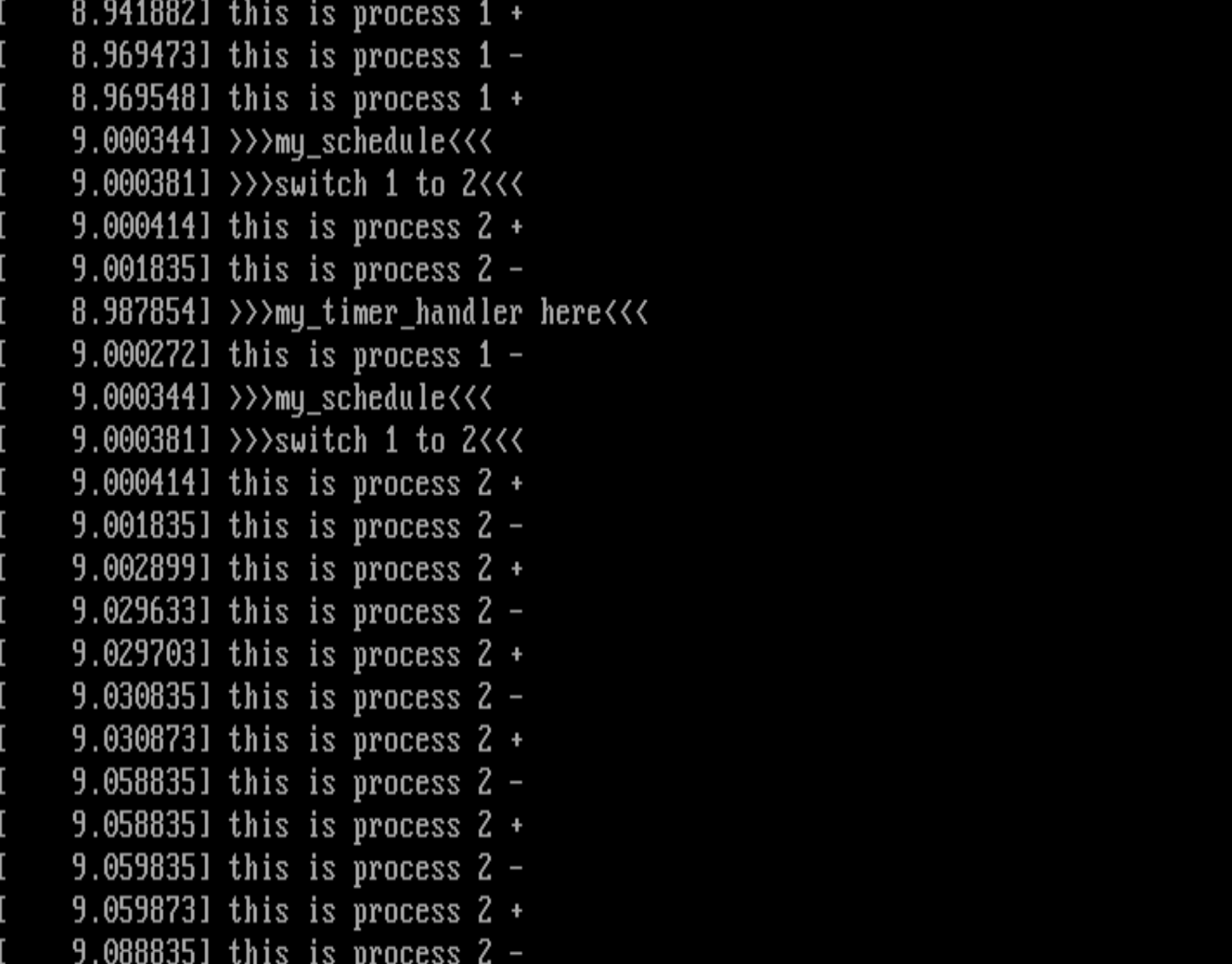
3. 简要分析操作系统内核核心功能及运行工作机制
进程切换基于时间片轮转算法,当一个进程执行时的时间片耗完,会出发一次时钟中断,cpu会切换到就绪队列中的下一个进程开始执行,进程切换的关键代码如下图所示:
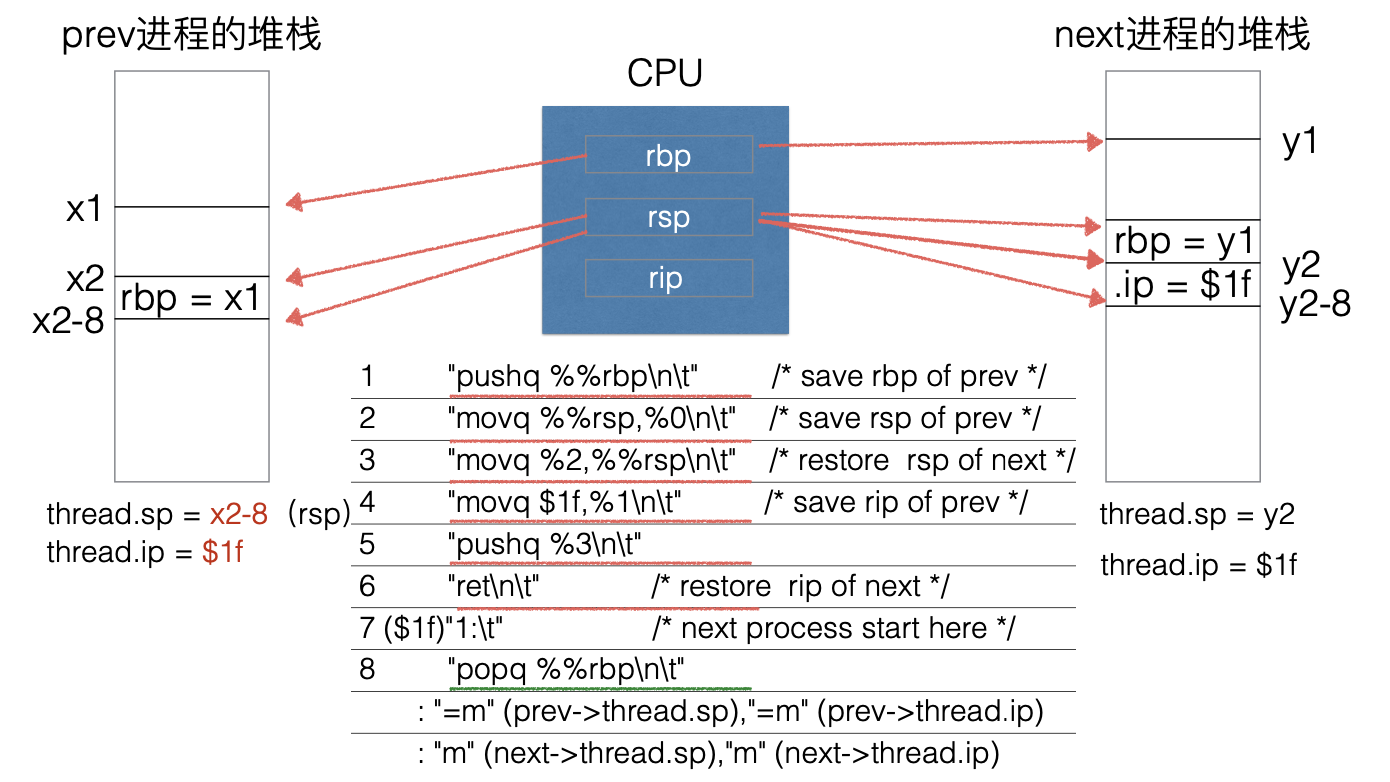
进程切换的过程如下:
- pushq %%rbp 保存prev进程(本例中指进程0)当前RBP寄存器的值到堆栈;
- movq %%rsp,%0 保存prev进程(本例中指进程0)当前RSP寄存器的值到prev->thread.sp,这时RSP寄存器指向进程的栈顶地址,实际上就是将prev进程的栈顶地址保存;%0、%1...指这段汇编代码下面输入输出部分的编号。
- movq %2,%%rsp 将next进程的栈顶地址next->thread.sp放入RSP寄存器,完成了进程0和进程1的堆栈切换。
- movq $1f,%1 保存prev进程当前RIP寄存器值到prev->thread.ip,这里$1f是指标号1。
- pushq %3把即将执行的next进程的指令地址next->thread.ip入栈,这时的next->thread.ip可 能是进程1的起点my _process(void)函数,也可能是$1f (标号1)。第一次被执行从头开始为进程1的起点my_process(void)函数,其余的情况均为$1f (标号1),因为next进程如果之 前运行过那么它就一定 曾经也作为prev进程被进程切换过。
- ret就是将压入栈中的next->thread.ip放入RIP寄存器,为什么不直接放入RIP寄存器呢?因为程序不能直接使用RIP寄存器,只能通过call、ret等指令间接改变RIP寄存器。
- 1: 标号1是一个特殊的地址位置,该位置的地址是$1f。
- popq %%rbp 将next进程堆栈基地址从堆栈中恢复到RBP寄存器中。
简单分析就是,进程切换的时候,需要保存3种前一个进程的信息:
1. 需要将前一个进程的栈底指针压栈保存;
2. 把rsp寄存器中保存的前一个进程的栈顶指针保存到内存中的pcb中;
3. 把rip寄存器中保存的前一个进程的位置信息保存到内存中的pcb中。
进程切换的时候,同样需要设置3种下一个进程的信息:
1. 把下一个进程内存中保存的pcb中的栈顶指针赋值到rsp寄存器中;
2. 把下一个进程内存中保存的pcb中的位置信息(ip)压入栈中,压栈立即出栈,将ip信息赋值到rip寄存器中;
3. 再一次出栈,将下一个进程的栈底指针赋值到rbp寄存器中。
结尾附上孟老师的讲解视频:自己手写一个操作系统内核